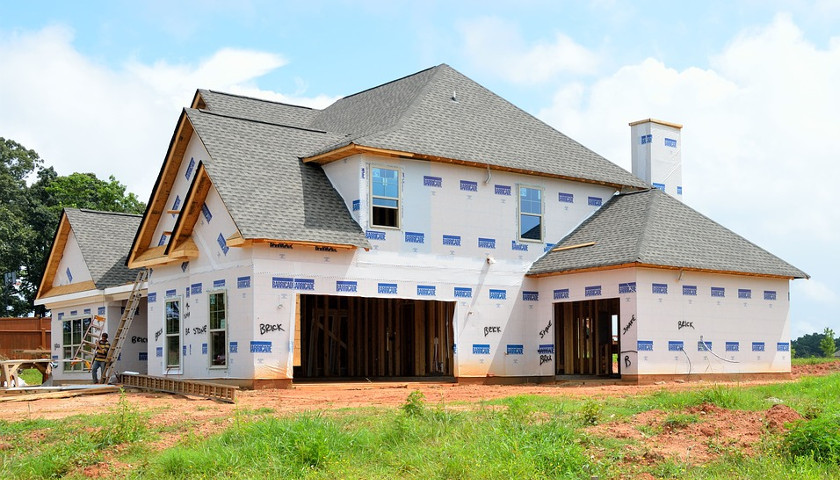The final March results from the University of Michigan Surveys of Consumer Sentiment show overall consumer sentiment improved from the February result. Consumer sentiment increased to 98.4 in March, up from 93.8 in February, a 4.9 percent gain. From a year ago, the index is off 3.0 percent. Despite the slight decline from a year ago, sentiment is holding at very favorable levels (see chart).
The two sub-indexes had healthy gains in March. First, the current-economic-conditions index rose to 113.3 from 108.5 in February (see top chart). That is a 4.4 percent gain for the month but still a 6.5 percent decrease from March 2018. The March result is also on par with the 113.5 peak reading from the prior expansion.
The second sub-index — that of consumer expectations, one of the AIER leading indicators — increased 5.2 percent for the month, to 88.8 (see top chart), the same level as in March 2018.
Consumer sentiment remained at broadly favorable levels in March, with respondents pointing to income gains and favorable growth prospects for the overall economy as significant drivers.
Sales of new single-family homes rose 4.9 percent in February to a 667,000 seasonally adjusted annual rate (see bottom chart). Sales are up just 0.6 percent from a year ago, but 6.3 percent below the November 2017 peak in sales.
Sales rose in three of the four regions tallied: sales surged 26.9 percent in the Northeast, but remain 28.3 percent below year-ago levels; sales were up 28.3 percent in the Midwest but were 3.8 percent below the year-ago level; and sales rose 1.8 percent in the South, leaving that region’s sales rate 6.8 percent above the year-ago pace. On the downside, sales were unchanged for the month in the West and are 2.9 percent below the February 2018 rate. Sales have now gained in two of the past three months since hitting a relative low of 588,000 in December 2018 and appear to have negated the recent downtrends in sales between November 2017 and December 2018 (see bottom chart).
Total inventory of new single-family homes for sale fell 0.6 percent to 340,000 in February, the ninth increase in a row and 13.3 percent above year-ago levels. That gain leaves the months’ supply (inventory times 12 divided by the annual selling rate) at 6.1, down 6.2 percent from January but 13.0 percent above the year-ago level.
The drop in mortgage rates since early February may provide a little boost to activity, but lower rates are being offset by rising prices. With offsetting forces hitting home-purchase affordability, recent firming in sales is unlikely to be the start of a new sustained surge in housing activity over the next several months and quarters.
– – –
Robert Hughes joined AIER in 2013 following more than 25 years in economic and financial markets research on Wall Street.





